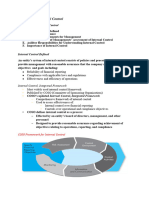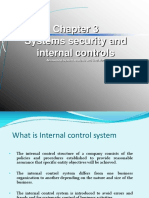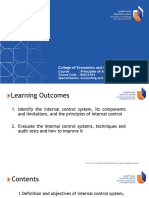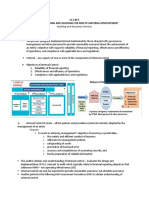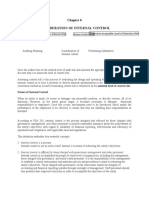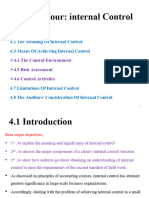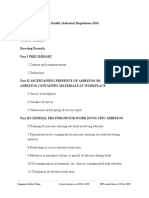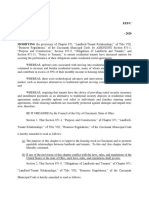0% found this document useful (0 votes)
12 views4 pagesInternal Control
The document provides a comprehensive overview of internal control, detailing its meaning, objectives, and the responsibilities of management and auditors. It outlines the COSO framework's five components, the role of internal audit, and the limitations of internal control systems. The notes serve as a study guide for understanding internal control processes essential for effective financial reporting and compliance.
Uploaded by
aberamestawet27Copyright
© © All Rights Reserved
We take content rights seriously. If you suspect this is your content, claim it here.
Available Formats
Download as DOCX, PDF, TXT or read online on Scribd
0% found this document useful (0 votes)
12 views4 pagesInternal Control
The document provides a comprehensive overview of internal control, detailing its meaning, objectives, and the responsibilities of management and auditors. It outlines the COSO framework's five components, the role of internal audit, and the limitations of internal control systems. The notes serve as a study guide for understanding internal control processes essential for effective financial reporting and compliance.
Uploaded by
aberamestawet27Copyright
© © All Rights Reserved
We take content rights seriously. If you suspect this is your content, claim it here.
Available Formats
Download as DOCX, PDF, TXT or read online on Scribd
/ 4









